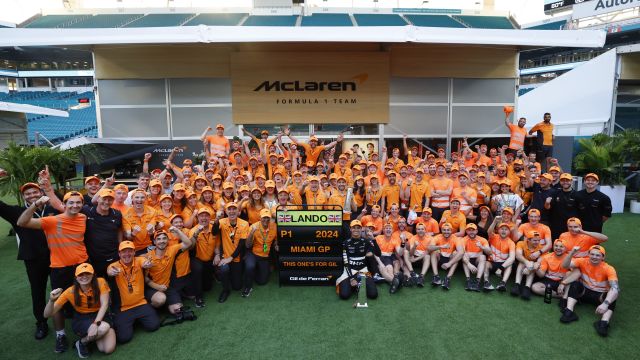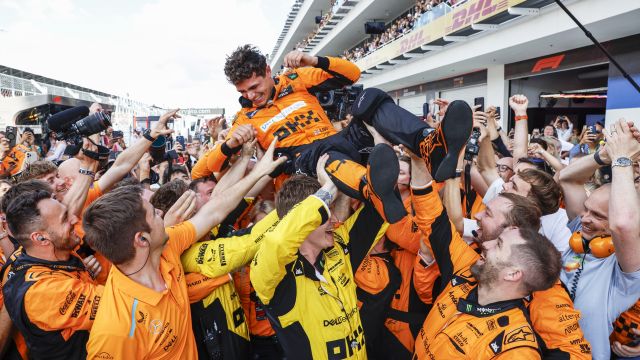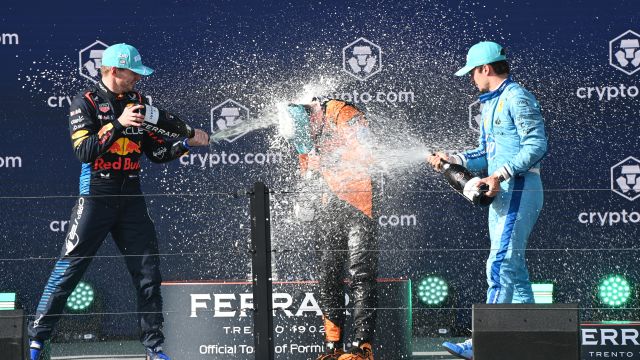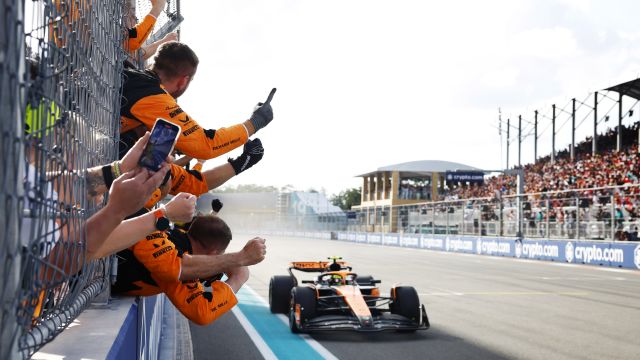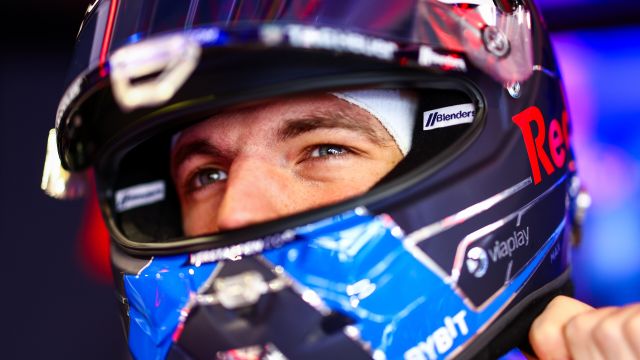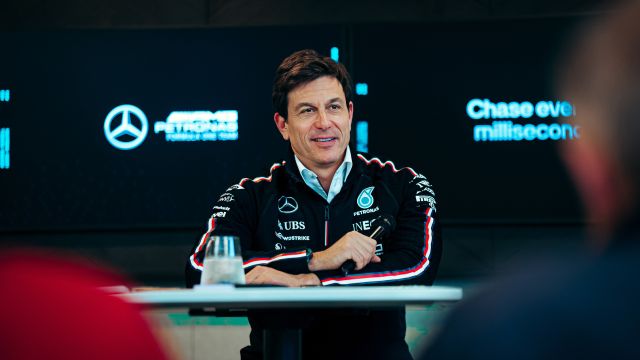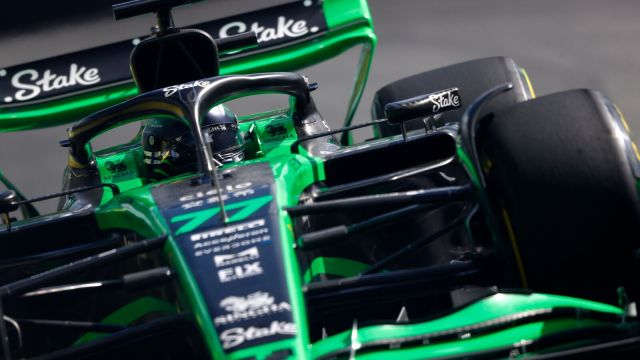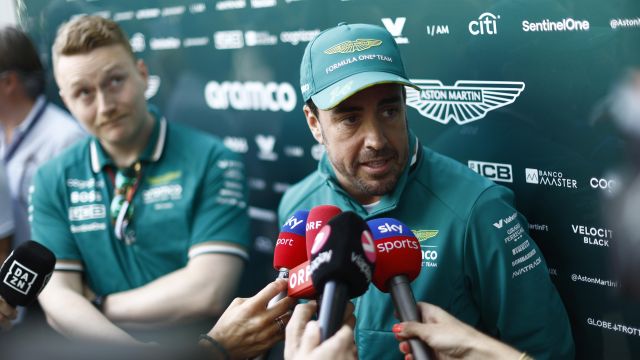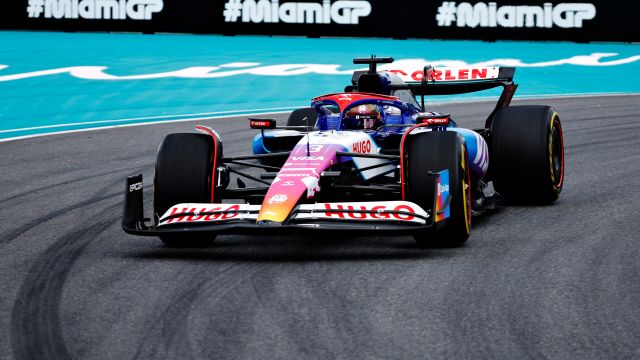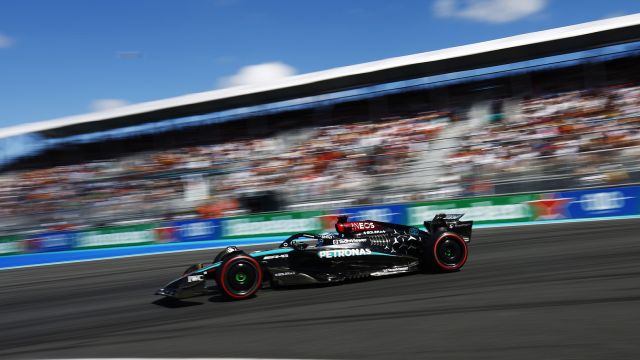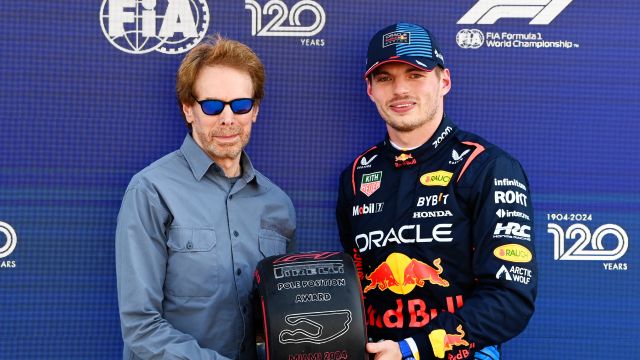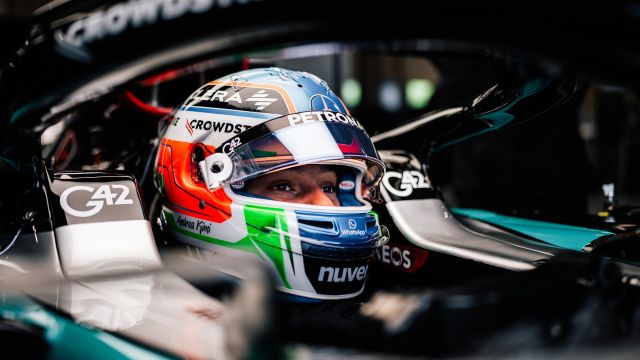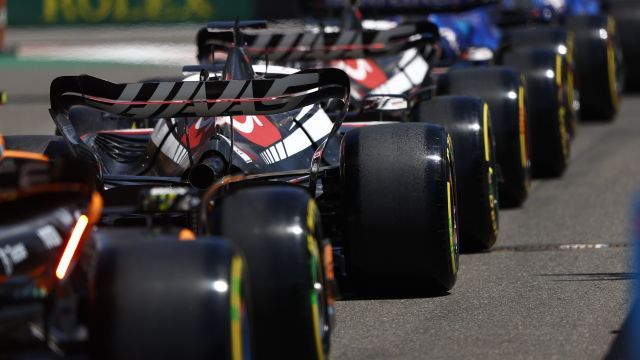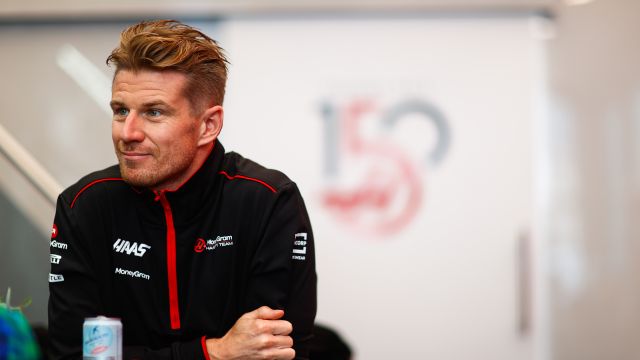Latest News
McLaren, Norris, Defend Trump Garage Visit
McLaren insists it is "non-political", as the Formula 1 team ...
Lando Norris: “I Dream Of These Days”
An overwhelmed and emotional Lando Norris has taken his first-ever ...
Landmark Day For Lando Norris: What The Drivers Said
It was a landmark day for Lando Norris who took ...
2024 Miami Grand Prix: Sunday Tyre Analysis
2024 Miami Grand Prix: Sunday Tyre Analysis - Lando Norris ...
Max Verstappen ‘Hasn’t Said A Word’ About Red Bull Exit – CEO
Max Verstappen has not "said a word" about wanting to ...
Toto Wolff Believes Mercedes Problems Run Too Deep For Adrian Newey To Fix
Even Adrian Newey would struggle to swiftly fix Mercedes' current ...
Valtteri Bottas Hoping to Extend F1 Career into 2025
Carlos Sainz is the cork in the bottle holding up ...
Fernando Alonso To Confront FIA Over Anti-Spanish Bias
Fernando Alonso says he will confront the president of F1's ...
Max Verstappen Sprints To Win Before Securing Seventh Straight Pole
It was a case of more of the same at ...
Ferrari Rediscover Qualifying Form
Scuderia Ferrari has refound the qualifying form it had at ...
Daniel Ricciardo Savours Stellar Sprint Result
It was a mixed day for Daniel Ricciardo, who scored ...
Up And Down Saturday For Mercedes In Miami
George Russell qualified P7 and Lewis Hamilton P8 for tomorrow's ...
2024 Miami Grand Prix: Qualifying Tyre Analysis
2024 Miami Grand Prix: Qualifying Tyre Analysis - Max Verstappen ...
Kimi Antonelli’s Early F1 Move “Is Not Going To Happen” Says Toto Wolff, Backed By James Vowles
With rumors about Andrea Kimi Antonelli being considered to take ...
Vasseur Staying Silent Ahead Of Potential Newey Move
Red or green? Even at Red Bull, they're not exactly ...
Relieved Ricciardo Happy To ‘Silence Some Critics’
Daniel Ricciardo is relieved to be getting his 2024 season ...
Haas Boss Claims Both Seats Up For Grabs In 2025
Kevin Magnussen is not assured his place at Haas for ...
Hulkenberg Would Welcome Sainz To Audi-Sauber
Nico Hulkenberg says he would have "no qualms" sharing the ...
Fernando Alonso Blasts ‘Useless’ Sprint Races
Formula 1 drivers are continuing to rail against the controversial ...
F1 Pondering Paying Points To 20th Position
It's possible the proposal to tweak the points system in ...


